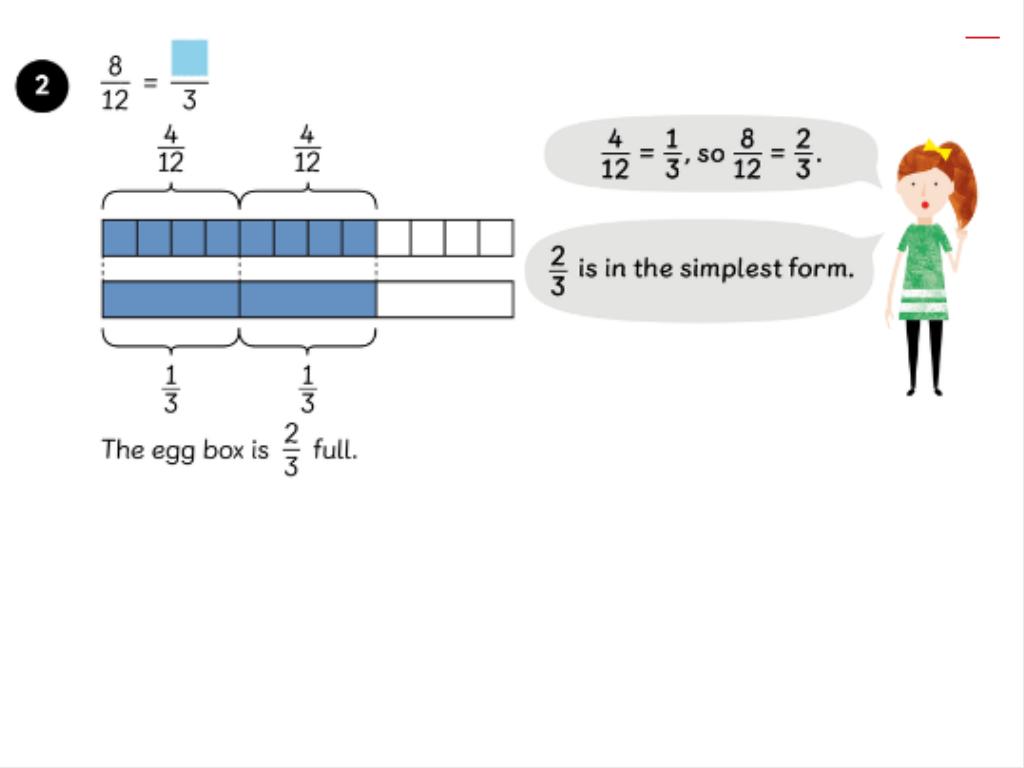Friday
Please complete the Arithmetic booklet.
R - Who had a knife?
I - Where was Gerda sleeping for the night? Explain.
C - What phrase in the text tells us that Gerda is scared?
Friday 15th November
LC: To retrieve information from a non-fiction text.
Earthquakes
The Earth’s Crust
The Earth’s crust and the top of the mantle have about twenty tectonic plates, which are like puzzle pieces covering the Earth. These plates are always moving and bumping into each other. We call the edges of the plates ‘plate boundaries’, which are made up of faults. These faults are where most of the world’s earthquakes occur. As the plates move, the edges get stuck because they are not smooth, but the rest of the plate keeps moving. When the force is too much, it breaks free and that causes an earthquake.
Seismograph
A seismograph (say: size-mo-graf) is a special piece of equipment that records earthquakes. Seismometers are securely fastened to the Earth, so when the ground starts to shake, the instrument’s case moves too. What doesn’t move is a weight that hangs on a string inside the case. When there is an earthquake, the case shakes with the ground but the weight does not, and it draws a line to show how much the ground shook. Scientists use seismograms (graphs produced by the seismograph) to measure how big each earthquake is.
Interesting Fact
Six Italian scientists were convicted of manslaughter and sent to prison for failing to predict the 2009 L’Aquila earthquake in which 309 people died. They appealed their cases successfully and were eventually not sent to prison.
You could try to find out:
1. How earthquakes are measured.
2. How easy they are to predict.
3. About other cases where prison sentences have been handed out in unusual circumstances.
4. How the appeals process works.
TASK







Work as a group to complete your period of history for our timeline.










